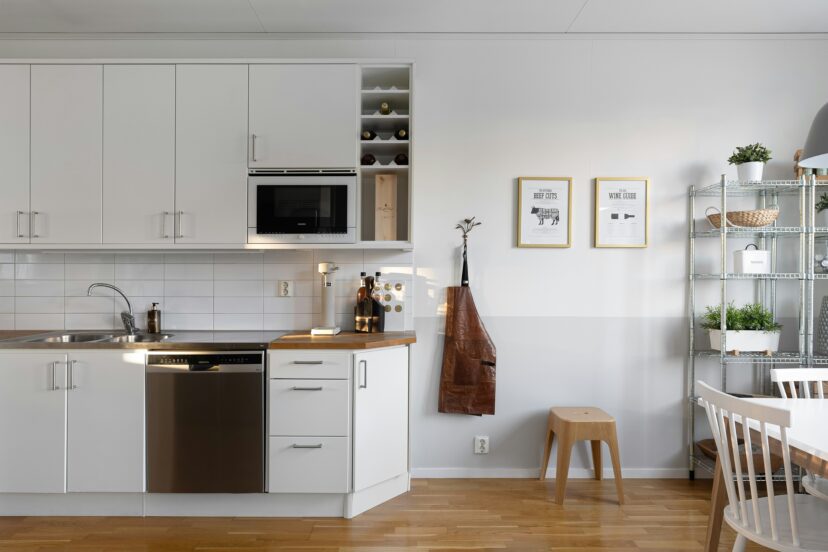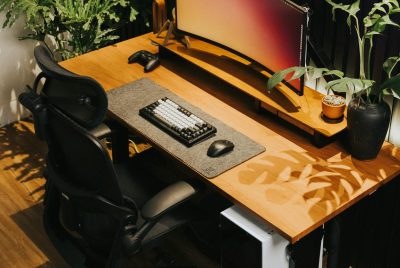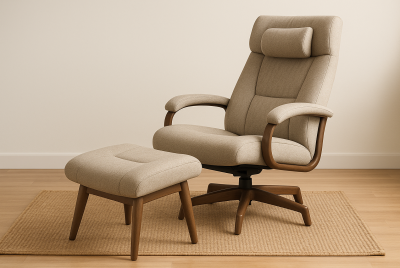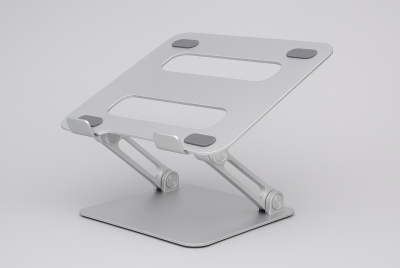10 Ergonomic Kitchen Essentials
We may earn a commission for purchases made using our links. Please see our disclosure to learn more.
The kitchen is one of the busiest rooms in the house. Whether you’re cooking a large family meal or a quick breakfast, you’re always moving around, chopping, stirring, and grabbing for items. However, have you ever thought about the physical effects of all those cooking activities? No worries. Ergonomic kitchen essentials can help! Using kitchen tools designed for comfort will make work in your kitchen more enjoyable. No more feeling sore afterward!
1. Ergonomic Food Prep Tools
Your hands and wrists can hurt during food preparation, especially when chopping, peeling, or grating. Look for ergonomic kitchen tools with handles that are simple to grip, such as vegetable choppers, graters, and peelers. These appliances are made to make meal preparation more comfortable by lowering the amount of work required for routine kitchen duties. Even during lengthy cooking sessions, they assist you in avoiding stress and exhaustion.
2. Adjustable Kitchen Workstation
Giving yourself options can sometimes be the best way to prevent discomfort in the kitchen. An adjustable kitchen workstation is an excellent technique to ensure that you always work at a comfortable height for your body. Whether you’re standing to cut vegetables or sitting down to complete more extensive prep, the counter can be simply adjusted to a comfortable height for you. It’s like having a kitchen that adjusts to you rather than the other way around. It’s a small alteration that can have a tremendous impact, especially if you have different heights in your family.
3. Ergonomic Knife Set
A decent knife is a must for any kitchen. Can you imagine cutting fruits with a dull knife with a poor handle? Oh, that’ll make your wrist hurt. Hand tiredness can come in rapidly if you’ve ever attempted chopping for hours on end with a poorly made knife. The handles of ergonomic knives are made to be comfortable in your hand, which improves grip and lessens strain. These knives make it much easier to cut, slice, and dice food. Your daily culinary chores can be significantly improved with the correct knife set.
4. Anti-Fatigue Mats
Your back and legs may hurt after standing in the kitchen for long periods of time. This is where anti-fatigue mats come in quite handy! Because of the cushioned surface these mats offer, standing for extended periods of time becomes a little more tolerable. It’s similar like taking a break without sitting down to rest your feet. These mats make your kitchen labor much more comfortable, whether you’re preparing food, cooking, or cleaning up after yourself.
5. Ergonomic Kitchen Chair
Unlike to the norm, you don’t have to stand all day in the kitchen! An ergonomic kitchen chair can greatly aid in maintaining proper posture if you frequently sit down to prepare meals or work at a lower counter. Choose a chair that can be raised or lowered and has adequate back support. You may spend more time cooking without worrying about your posture if you have a nice kitchen chair that makes sitting comfortable and prevents back pain.
6. Pull-Out Shelves and Drawers
Bending down to dig through cabinets can be a pain—literally! Pull-out shelves and drawers can make reaching for your kitchen essentials so much easier. No more awkward squatting or leaning over to find that jar of spices. With just a pull, everything is easily accessible. It’s a simple addition, but it can save you a lot of strain, making your kitchen much more efficient.
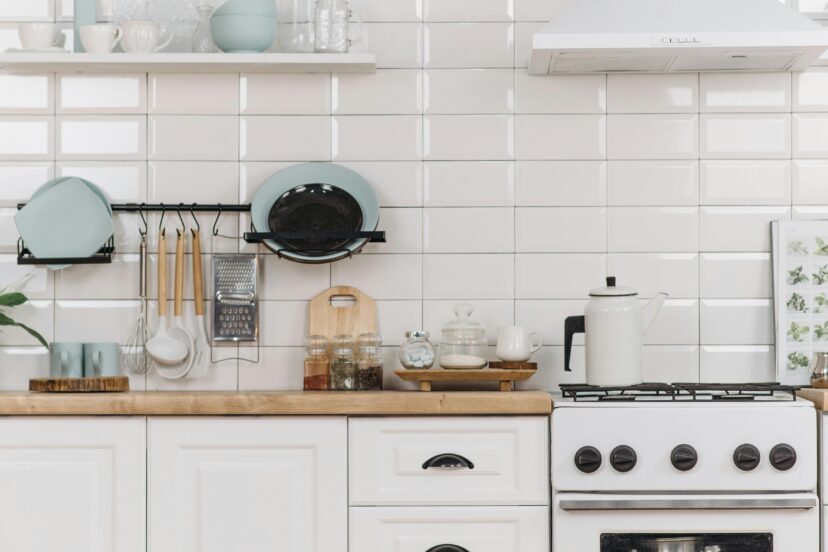
7. Ergonomic Pots and Pans
Ever tried lifting a heavy pot filled with soup or pasta? Your wrists and shoulders can take a real hit after a while. Ergonomically designed pots and pans are here to save the day. These have handles that are shaped for a better grip and are usually made from materials that stay cool to the touch. With these, you’ll have better control and less strain when you’re cooking those big meals.
8. Height-Adjustable Kitchen Sink
A sink that’s too high or too low can lead to some seriously uncomfortable bending. But did you know you can get a height-adjustable kitchen sink? This lets you customize the position of your sink, so you don’t have to bend over awkwardly every time you’re washing dishes or prepping food. Just like an adjustable workstation, this helps you stay comfortable while you work, reducing strain on your back and neck.
9. Compact and Lightweight Appliances
When your appliances are bulky and heavy, moving them around can be a real hassle. That’s why lightweight, compact appliances are such a game-changer. Look for smaller mixers, blenders, and food processors that are easier to handle and store. These appliances take up less space and are simpler to move, which makes everything in your kitchen more efficient. Plus, they won’t weigh you down when you need to pull them out for a quick meal prep session.
10. Ergonomic Cutting Board
A cutting board might seem simple enough, but not all boards are created equal. An ergonomic cutting board has features like a non-slip surface and a raised edge to keep your food from sliding off. The best part? They’re designed to make your chopping experience more comfortable, reducing strain on your hands and wrists. Whether you’re slicing veggies or chopping meat, a good cutting board can make a big difference in your kitchen routine.
Why Ergonomics Matter in the Kitchen
We all spend a fair amount of time in the kitchen, so why not make it a more comfortable space? Ergonomics isn’t just a buzzword—it’s about setting up a kitchen that supports your body while you work. The more comfortable you are, the less likely you are to experience aches, pains, or even repetitive stress injuries. Plus, with a more ergonomic setup, you can work more efficiently and have more fun while cooking.
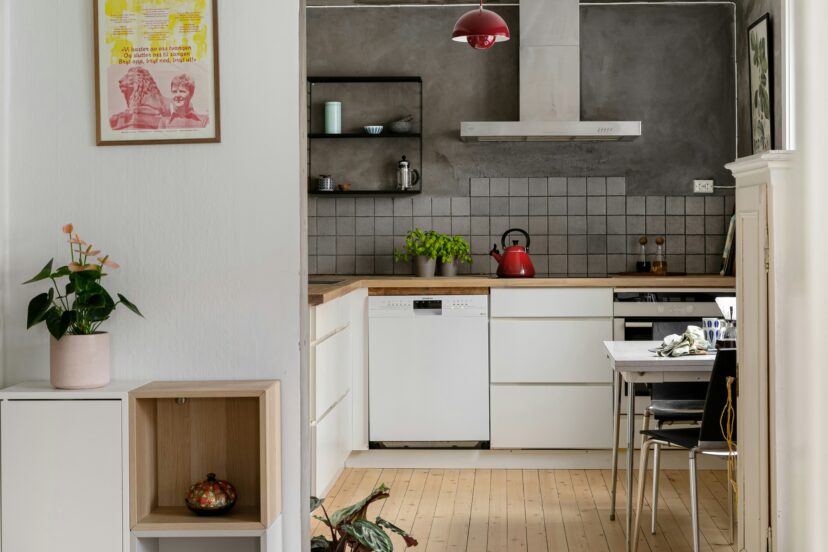
How to Create a More Ergonomic Kitchen
Creating a more ergonomic kitchen doesn’t have to mean a complete overhaul. Start by adding a few essentials like an anti-fatigue mat or ergonomic knives. Focus on improving your posture and reducing unnecessary movements. Over time, you’ll see how these small changes can make a big impact on your overall comfort in the kitchen.
The Benefits of an Ergonomic Kitchen
So, what’s in it for you? An ergonomic kitchen can help reduce injuries and prevent chronic pain like back or wrist problems. It also promotes better posture, which can improve your overall health. Plus, when you’re comfortable, cooking becomes a more enjoyable experience. You’ll be able to spend more time in the kitchen without feeling exhausted or sore afterward.
Scientific Research on Kitchen Ergonomics
Research has shown that kitchen ergonomics play a crucial role in enhancing comfort and reducing strain while cooking. A scoping review on kitchen ergonomics explores various themes like kitchen layout, tools, and technology, which impact both user comfort and efficiency (Kitchen Ergonomics in Health and Healthcare). Similarly, a study on culinary ergonomics emphasizes the importance of addressing issues such as prolonged standing, repetitive movements, and incorrect posture that commonly lead to discomfort in both professional and home kitchens (Culinary Ergonomics). These findings underline the significance of incorporating ergonomic practices and designs to promote a healthier, more efficient cooking environment.
Conclusion
At the end of the day, an ergonomic kitchen isn’t just about comfort—it’s about creating a space that works for you. From adjustable countertops to ergonomic knives, each of these essentials helps reduce strain on your body and makes your time in the kitchen more enjoyable. So, start small, and over time, you’ll have a kitchen that supports you while you create delicious meals.
FAQs
1. What are the most important ergonomic features for a kitchen?
The key ergonomic features for a kitchen include an adjustable workstation, ergonomic knives, anti-fatigue mats, and pull-out shelves. These items help make your kitchen work more comfortably.
2. Can an ergonomic kitchen really reduce back pain?
Yes, it can! Ergonomic features like adjustable counters and sinks, along with good posture, can help prevent the strain that causes back pain.
3. How can I make my kitchen more ergonomic without renovating?
You don’t have to renovate—small changes like adding anti-fatigue mats, ergonomic tools, or an adjustable chair can drastically improve your kitchen’s comfort.
4. Are ergonomic tools worth the investment?
Definitely! While they might cost a bit more upfront, ergonomic kitchen tools help prevent injuries and make cooking much more comfortable in the long run.
5. What’s the benefit of an ergonomic cutting board?
An ergonomic cutting board is designed to reduce wrist strain by providing a non-slip surface and a comfortable height for chopping. It’s a small but impactful change to improve your kitchen setup.

